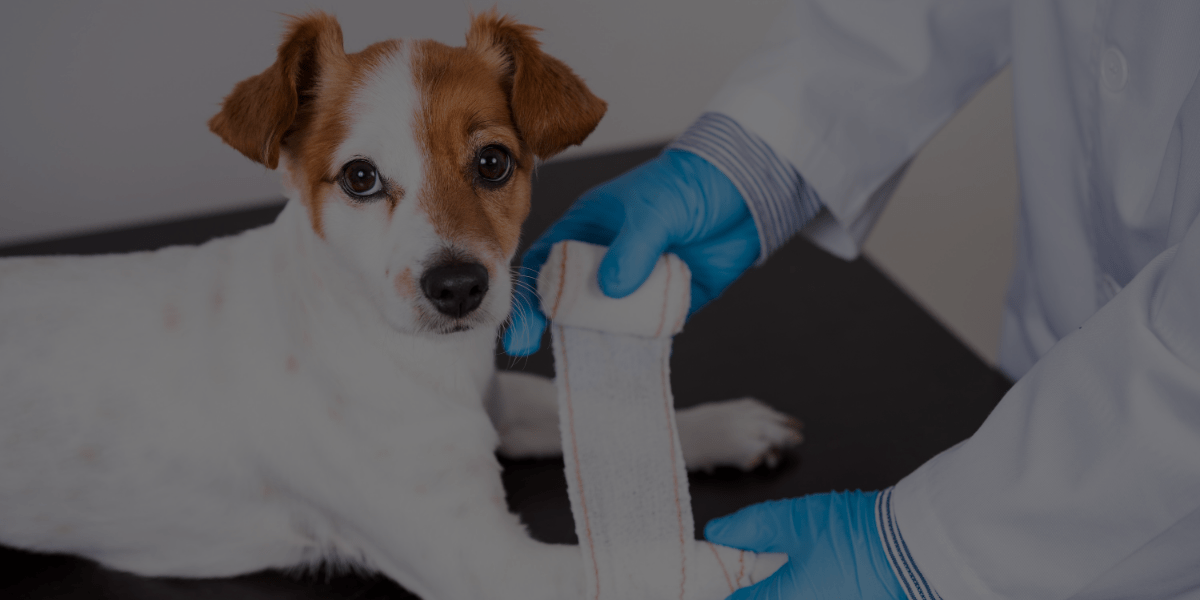There’s more to being a dog groomer than simply brushing, clipping, and washing a dog. A big part of earning your pet grooming certification will be familiarizing yourself with common dog afflictions, and how to properly handle them.
Here, we’ll take a look at 3 of the most common afflictions you may encounter when working with your canine clients. Importantly, you’ll discover just how critical your pet grooming certification will be in preparing you for ANY of these scenarios!
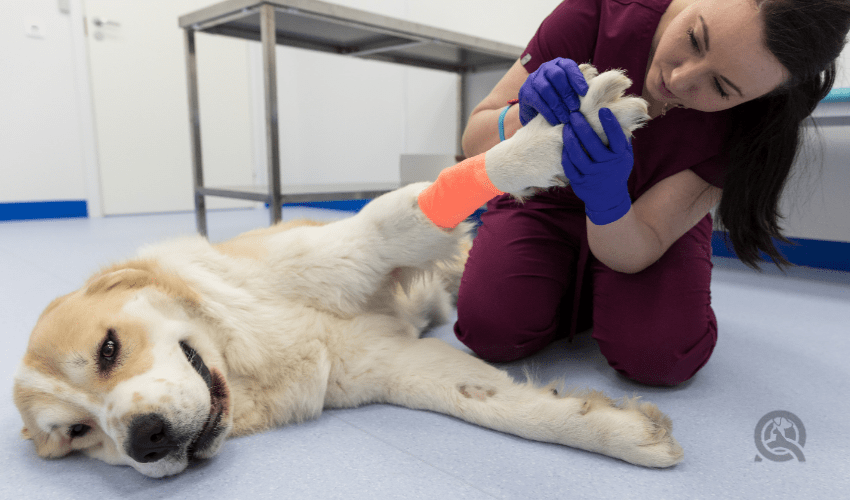
An affliction is anything that can happen to a dog that results in pain and injury. As a groomer, it won’t be uncommon for you to encounter some type of ailment befalling your client’s pooch. After all, for as lovable and wonderful as they are to work with, a dog’s curiosity can tend to get them into troublesome situations!
Maybe they’re excitable, and move a little too quickly under your scissors. Perhaps the soap looks like food in their eyes, and before you can stop them, they’ve taken a big bite. No matter how well-trained and cautious a groomer may be, there will be times when accidents will happen.
There may also be times where a client brings you their dog for a groom, and you notice an already existing affliction that the owner may not have noticed.
Regardless of how it happens, what matters most is how you deal with it.
Examples of Common Dog Afflictions
The nature of your job requires the use of various different tools. Some may be sharp, others may pose the risk of falling, etc. Obviously, your pet grooming certification and expert training will adequately equip you to operate as cautiously as you can at all times.
But as we mentioned above, accidents can still happen. Here are some of the most usual mishaps that can occur within a grooming environment…
1 – Sprains and Fractures
These types of afflictions can be pretty common. This is especially the case in older, overweight, or overly energetic dogs. If you don’t take proper care when operating and/or securing equipment such as crates, leashes, and grooming loops, your client’s dog can run the risk of spraining or fracturing something.
Typical Symptoms
- Favoring one paw (or more than one paw) over others
- Limping
- Pulling away, vocalizing, or showing signs of aggression when the injured area is touched
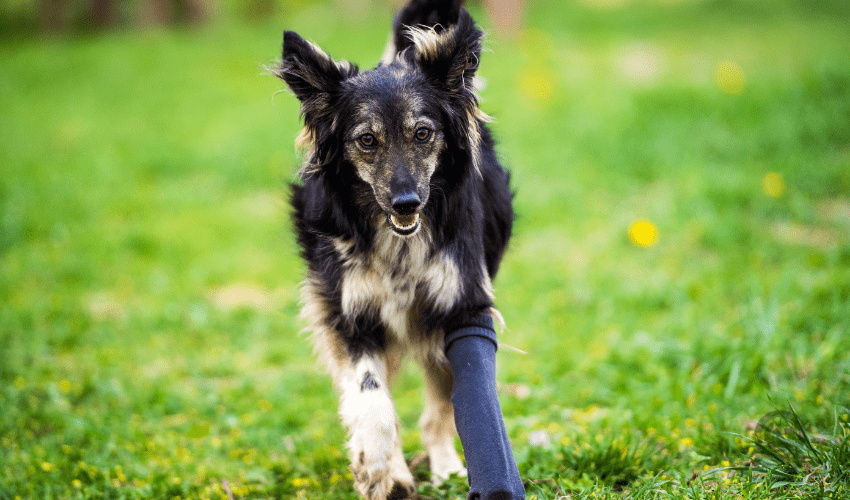
Keep in mind that if a dog is limping or favoring a paw, it may not always be a sign of a sprain or fracture. For instance, he may have a cut between his toes, or a broken nail. This is why it’s important to always inspect the suspected injured area. This way, you can best determine what the source of his discomfort truly is!
Treatment
The rule of thumb here always is: if the dog appears to be in a great deal of pain, advise your client to consult a veterinarian. In the meantime, to ease the pain and potential swelling, ice or cold packs (always wrapped in a towel) may be applied to the injured area. You can do this while the dog is in your care, and/or you can suggest that their owner do this.
Note: NEVER apply heat to a newly injured area! This can inflame the injury and possibly make things worse. If heat is to be applied, it should be done later on in the healing process.
Should your client’s dog already be showing signs of a sprain or fracture when first brought to you, ask the client how long they’ve been showing these symptoms. If it’s been more than 24 hours, it’s likely best to reschedule the grooming appointment, so that the dog can be taken to a vet immediately.
If the dog sustains the injury during their appointment with you, always ensure to communicate this openly with your client. This is something they need to know!
2 – Ingestion of Toxins
The key to a dog’s heart is often times through food – and dogs will try to eat just about anything!
As a certified pet groomer, your work space is home to toxic products like cleaning supplies, pest control supplies, etc. You may have decorated the salon with certain types of plants. Maybe you’ve been fighting a cold, and have medication nearby. You’ll also often be bringing the dog into contact with shampoos, conditioners, flea treatments, etc.
Although the products you’ll use on a dog are specifically engineered to be safe, it doesn’t mean they can safely ingest them. If a dog swallows something he shouldn’t, this can be a potentially life-threatening matter!
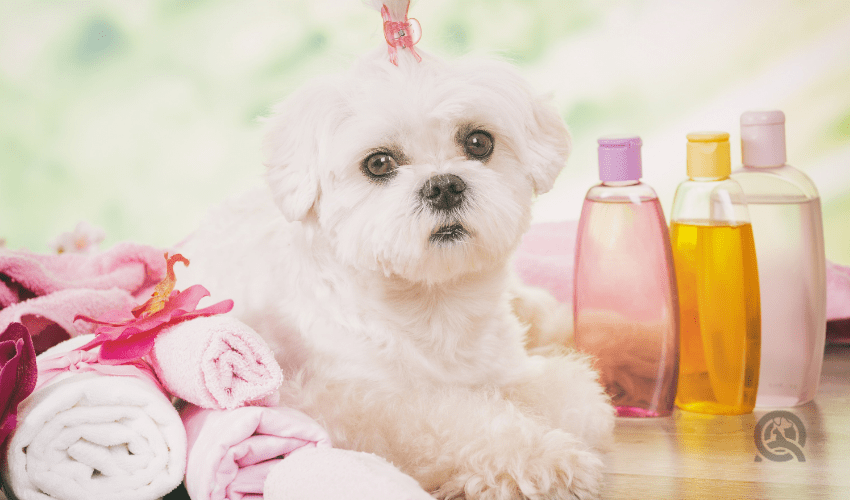
Typical Symptoms
- Lethargic and/or confused behavior
- Vomiting
- Diarrhea
The severity of the symptoms can depend on how toxic the substance is, and how much has been ingested. Prolonged toxin ingestion can become so severe that the dog may begin passing blood in their urine, experiencing appetite loss, developing tremors, and even having a full-blown seizure.
Treatment
Should your client ever bring in a dog displaying signs of toxin ingestion, reschedule the grooming appointment and advise them to consult a veterinarian immediately!
If the dog is in your care at the time of toxin ingestion, the first step is to remain calm. If you panic, it’ll only make the situation worse. Start by ensuring that if there’s still anything in the dog’s mouth, you remove it right away. If necessary, you can also seek out your personal protective equipment (PPE), such as gloves and eye-wear.
Locate a phone and call a professional for medical advice. You can contact a regular vet, a 24-hour emergency number, or (if located in North America) the ASPCA’s Animal Poison Control Center (APCC) hotline.
Tell them exactly what the dog has ingested, and they will be able to advise you of next step measures. This may involve safely inducing vomiting, or bringing the dog directly to the veterinarian.
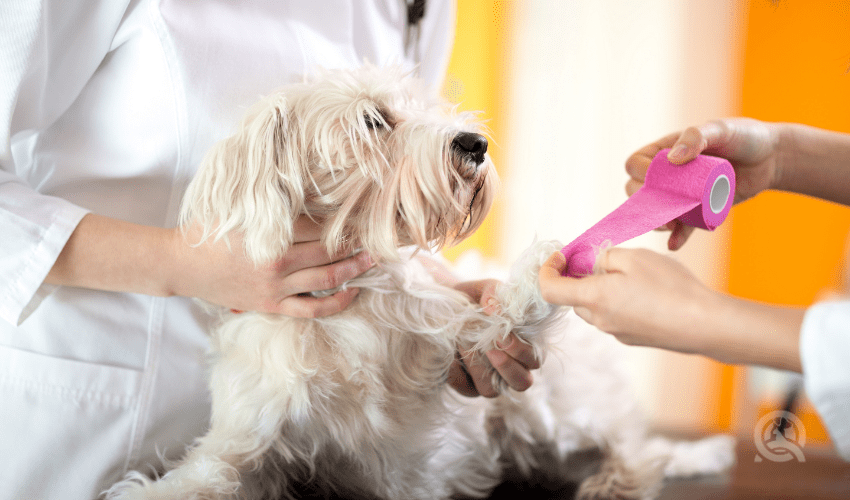
3 – Wounds and Cuts
Working with sharp objects, it’s bound to happen that once in a while, a dog may get nicked. Don’t worry, this isn’t an automatic reflection of you being a poor groomer. This happens even to the best of groomers!
After all, you’re working with a living, breathing animal. Animals can sometime react unexpectedly, which can cause an accident. As we’ve said before, it’s all about how you respond to the situation that matters most.
Typical Symptoms
- Recoiling in pain
- Yelping or vocalizing that something has just hurt them
- Blood
Treatment
Wounds and cuts can range from minor to severe, depending on how deep the injury is and where it’s located. Minor wounds don’t necessarily need to be seen by a veterinarian, so long as it’s dealt with right away, doesn’t risk infection, and doesn’t impose any fatal risk to the dog.
If the wound is bleeding, tend to it in a timely manner. If the blood flow is extremely light, apply direct pressure until it stops. Styptic powder, Vaseline, or a cold compress can also be applied to the wounded area, so long as bleeding is minor. Carefully clip away any hair immediately surrounding the affliction. You can then flush it out with a saline solution, or a diluted, non-stinging antiseptic.
If the wound is more serious, the dog may need to see a vet ASAP.
Regardless of the seriousness of the affliction, always make sure to tell your client. They may need to continue certain safety measures at home, or seek further medical assistance. At the very least, NOT telling them is a guaranteed way to put your business and reputation at risk.
Remember: your number one priority is always the safety and well-being of your client’s pooch. Your client needs to know that they can trust you. This is the key to a successful grooming career!
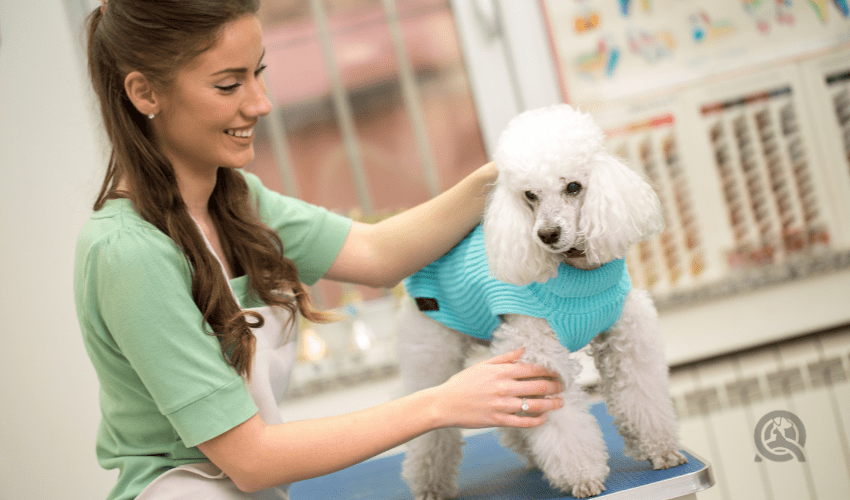
All of the above protocols are ones you will be thoroughly taught during your dog grooming course, as you earn your pet grooming certification. As you can see, ample understanding of dog afflictions – and how to correctly treat them – are critical to a successful career as a groomer!
This, of course, is only just the tip of the iceberg. As you work your way through your grooming training, you’ll discover plenty more common afflictions, along with proper knowledge for handling them. By the time you’re reading to enter the working world, you’ll be prepared for anything that may come your way!
